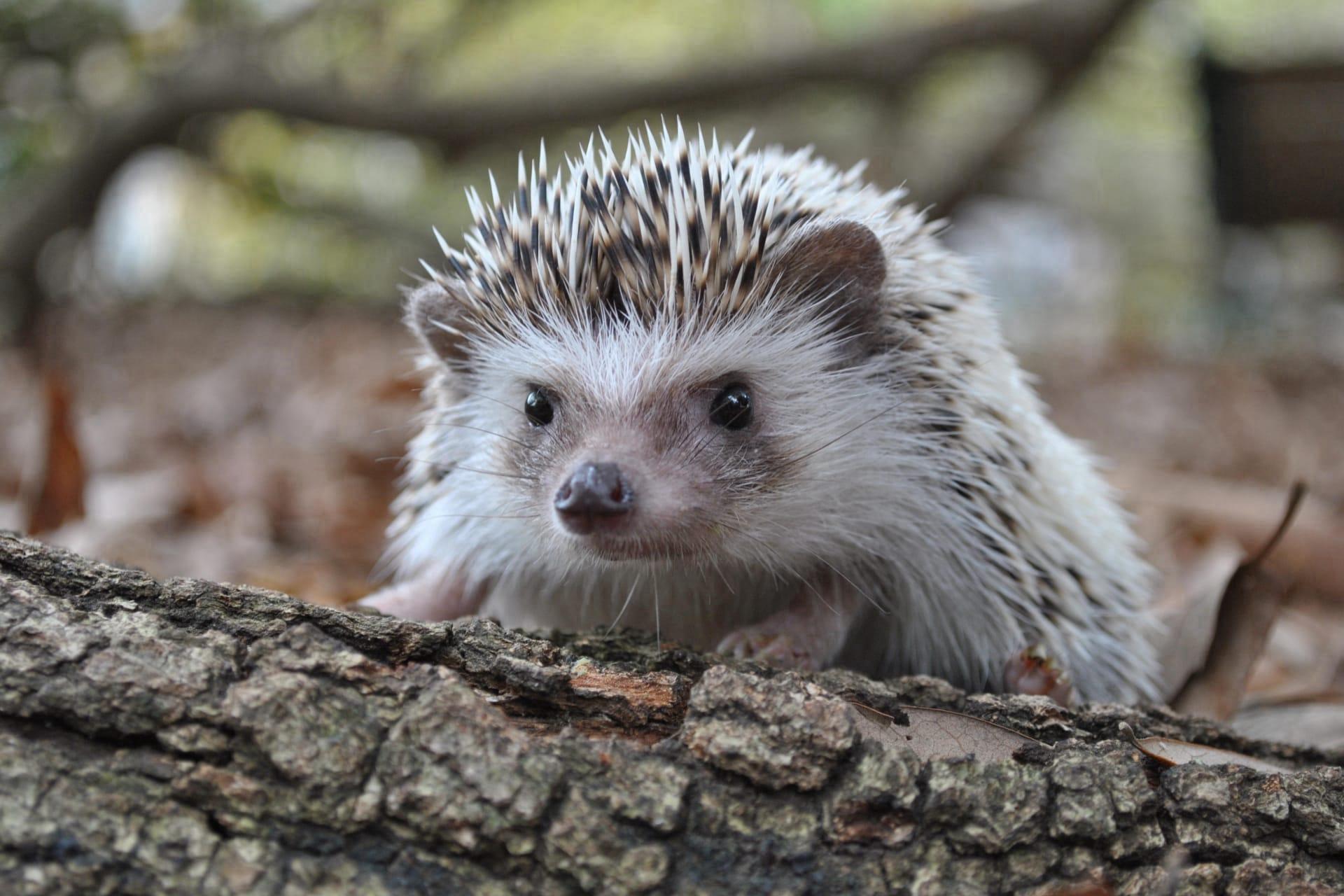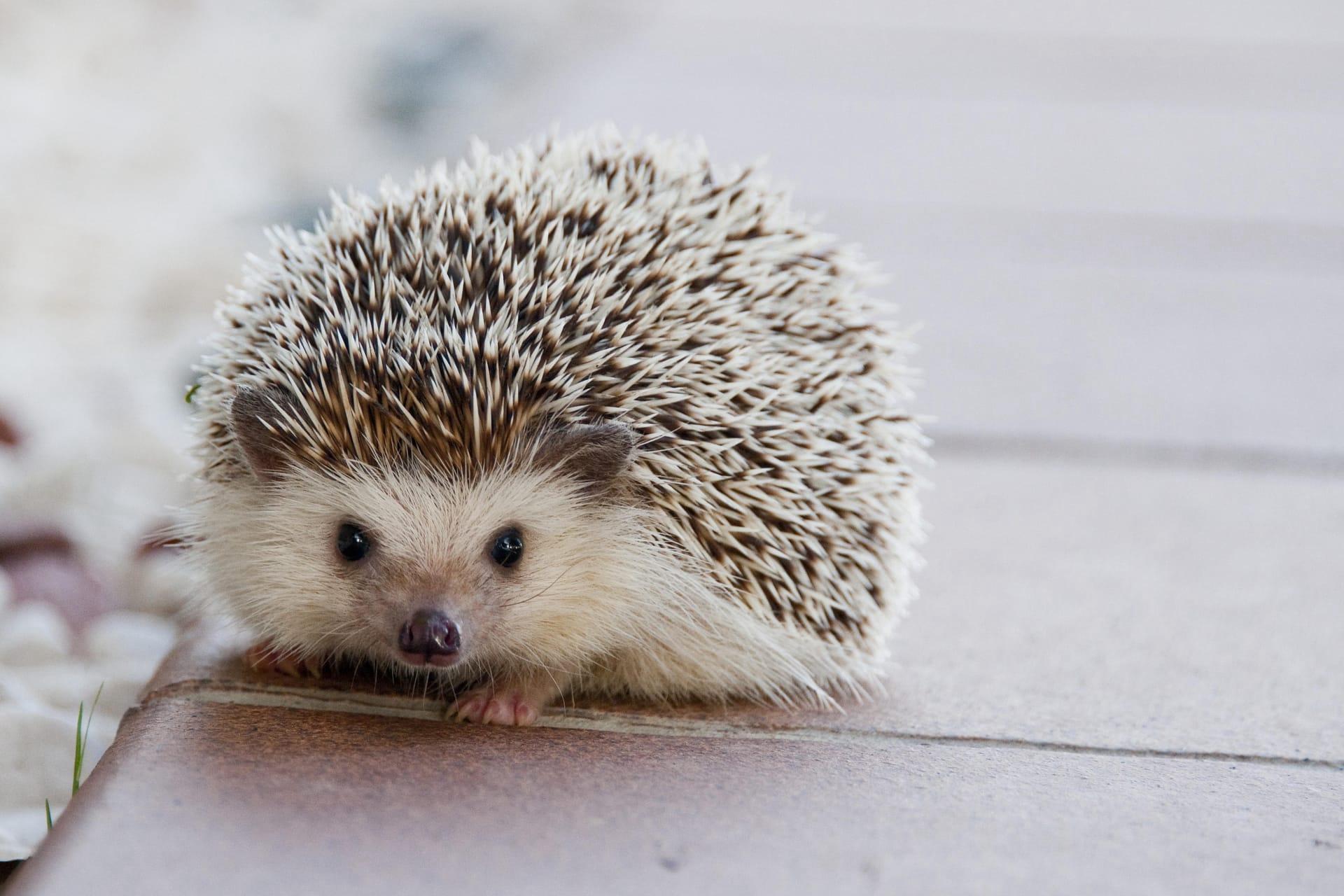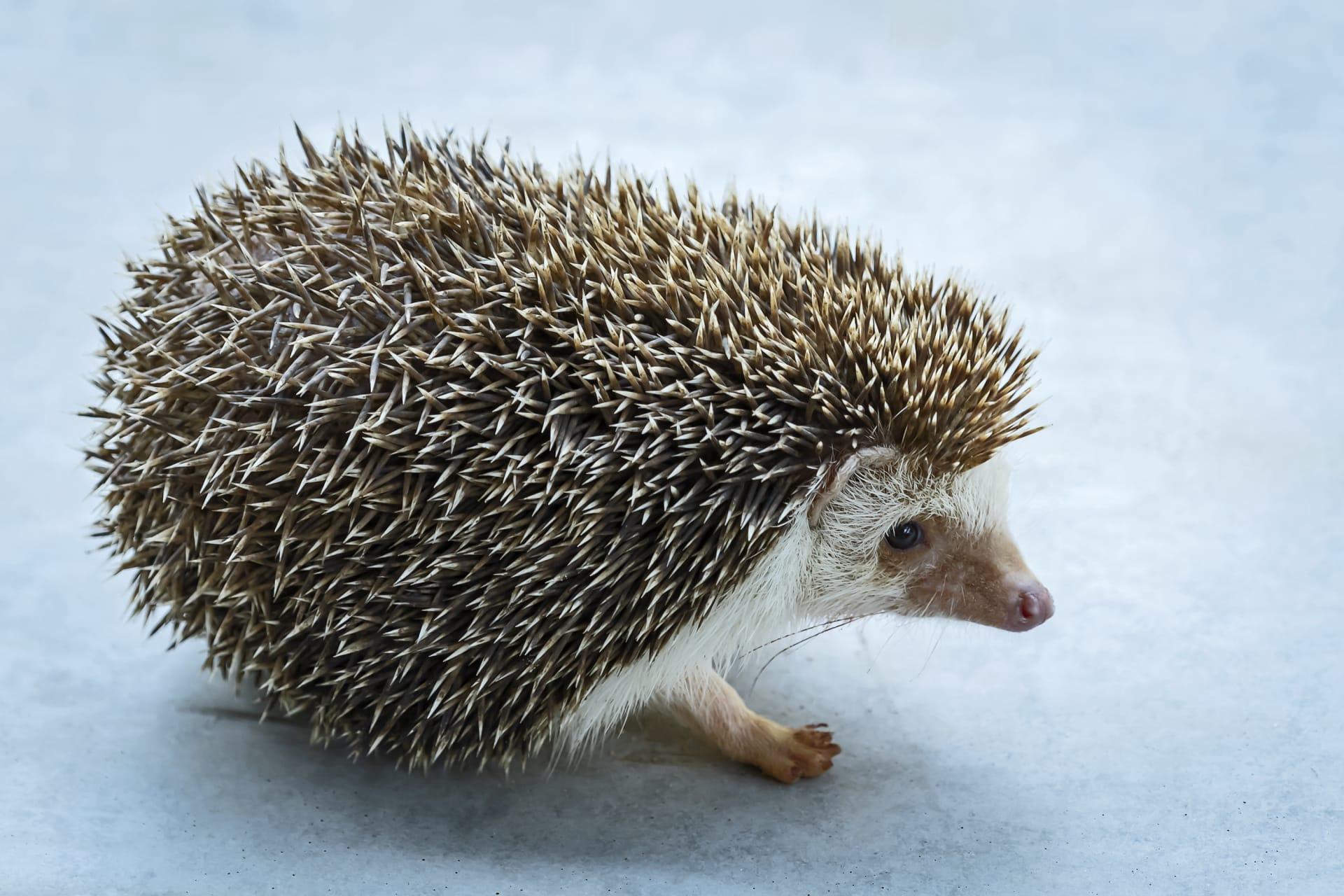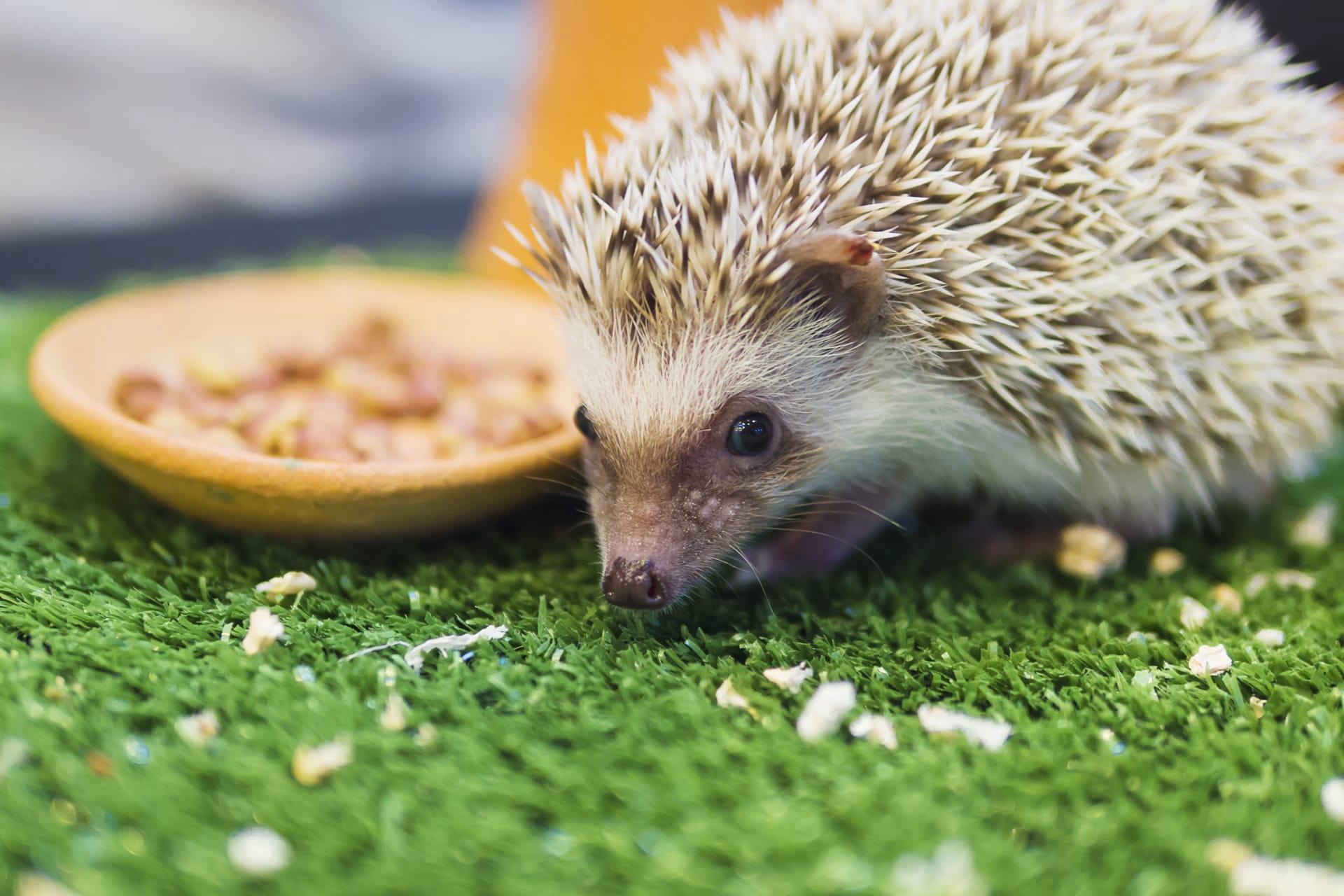Porcupine
- Home /
- Mini Encyclopedia /
- Animal /
- Porcupine
1
Porcupines, belonging to the family Erethizontidae in the New World and Hystricidae in the Old World, are distinguished by their unique protective quills. There are 29 recognized porcupine species, each exhibiting variations in size and characteristics. New World porcupines inhabit North and South America, primarily in wooded and forested regions. They are usually smaller and adept climbers, with prehensile tails aiding their arboreal lifestyle. Old World porcupines, native to Europe, Asia, and Africa, tend to be larger and are predominantly terrestrial, lacking the prehensile tails of their New World counterparts. These nocturnal rodents display a range of sizes, from the relatively small prehensile-tailed porcupine (around 1 kg) to the sizable African crested porcupine, which can weigh over 20 kg.
The geographic distribution of porcupines covers a diverse range of habitats, from the snowy forests of North America to the arid deserts of Africa. New World porcupines are widely found throughout North, Central, and South America, from Canada's coniferous forests to the Brazilian rainforests. These species have adapted to a variety of climates, including the harsh winters of the north and the humid tropics of the equator. Old World porcupines occupy a broad range in the eastern hemisphere, including Southern Europe, across Asia to the islands of Borneo and Sumatra, and throughout Africa. Their adaptability is evident in their ability to thrive in multiple environments, from the Italian Alps to the Sahara Desert, demonstrating their remarkable ecological versatility.

2
Question: Can porcupines shoot their quills at predators?
Answer: Contrary to popular belief, porcupines cannot "shoot" their quills. This misconception stems from the porcupine's defensive mechanism, where quills are loosely attached to their skin and easily detach upon contact. When threatened, a porcupine will raise and spread its quills, making them more intimidating and accessible for detachment. If a predator makes contact, the quills embed themselves into the attacker. These quills, barbed at the tip, are difficult to remove once lodged. However, the action of quills detaching is passive and relies on contact, rather than an active shooting mechanism.

3
Porcupines possess several strategies for survival, primarily revolving around their quills. These quills are modified hairs made of keratin, stiffened and sharpened to serve as an effective deterrent against predators. When threatened, a porcupine will typically turn its back, presenting its quills to the threat, and may charge backward to embed these quills in the attacker. This passive defense is usually enough to deter most predators.
Porcupines are also equipped with strong, curved claws and a robust body, aiding them in climbing trees, which is a common escape strategy for New World species. They often take refuge in trees to avoid ground-based predators. Their diet mainly consists of leaves, twigs, and green plants, making them important seed dispersers and contributors to forest regeneration. Their foraging habits also play a role in their survival, as they need to balance nutrient intake while avoiding potential threats on the ground.

4
In their ecosystems, porcupines play a significant role in both predator-prey dynamics and vegetation management. As prey, they provide sustenance for large carnivores like cougars and large birds of prey. Their ability to defend themselves effectively means only skilled predators can hunt them, thus influencing the hunting behaviors and populations of these predators.
Porcupines impact vegetation through their feeding habits. Their preference for wood, bark, and leaves leads to the pruning of trees and shrubs, which can stimulate new growth and contribute to the health of forest ecosystems. In some areas, their gnawing on bones and antlers for calcium and other minerals helps in nutrient cycling. They also aid in seed dispersal, as seeds can attach to their quills and be transported to new locations, promoting plant diversity.

5
Film: "The World of Porcupines" (United States, 2019) - This documentary, filmed across various continents, explores the diverse lives of porcupine species in their natural habitats. It delves into their unique adaptations, survival strategies, and the ecological impact they have in different ecosystems, from the dense forests of North America to the arid deserts of Africa.
Book: "Quill Reality: Understanding Porcupines" (United Kingdom, 2021) by Dr. Emma Clarkson - This book offers an in-depth look into the biology and behavior of porcupines. Dr. Clarkson, a renowned mammalogist, combines field research with accessible narratives to bring the world of porcupines closer to the reader, highlighting their ecological importance and the challenges they face in the wild.
Book: "Spines of the Wild: Porcupines and Their Habitats" (Canada, 2018) by Liam Roberts - An exploration of the various habitats that porcupines inhabit, this book showcases the adaptability and resilience of these creatures. Roberts, a wildlife photographer, presents stunning visuals alongside informative text, giving readers a comprehensive view of the porcupine's life in different environmental conditions.